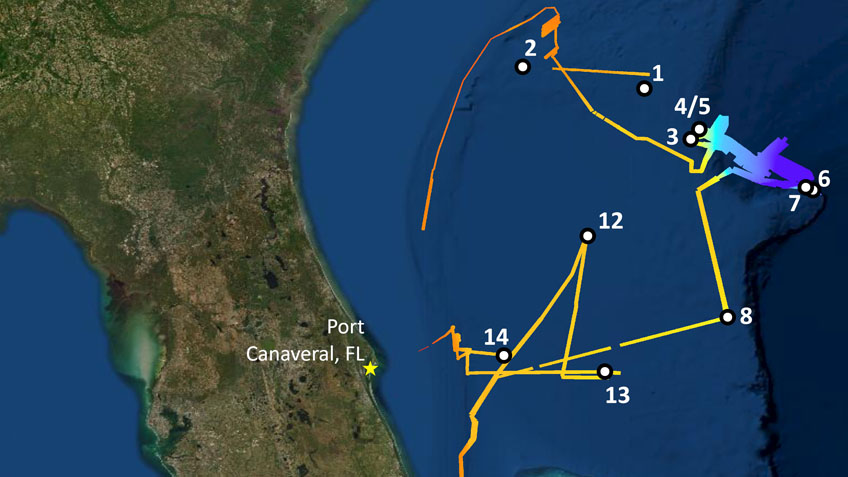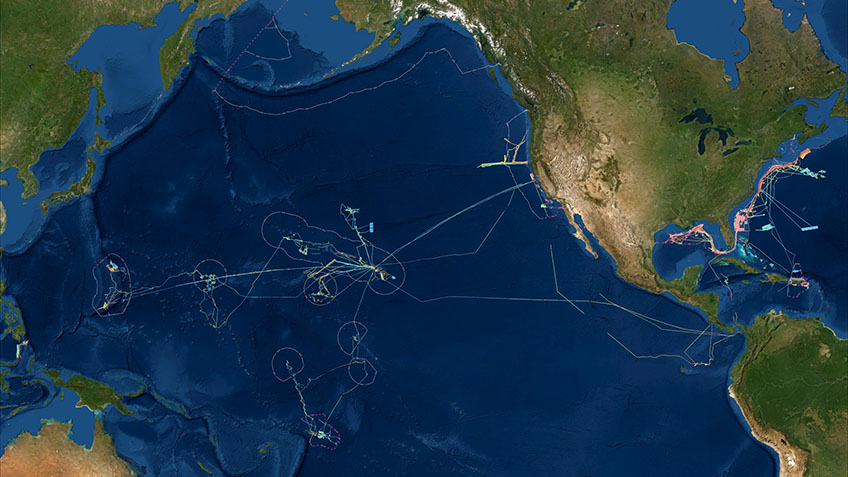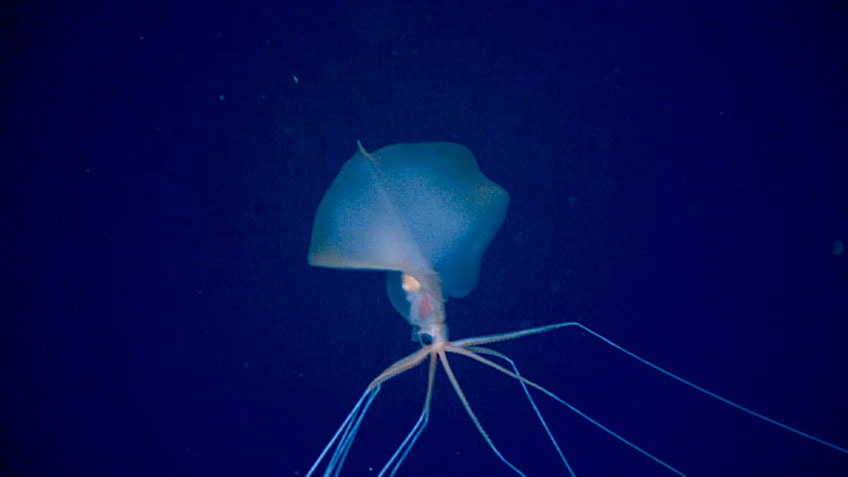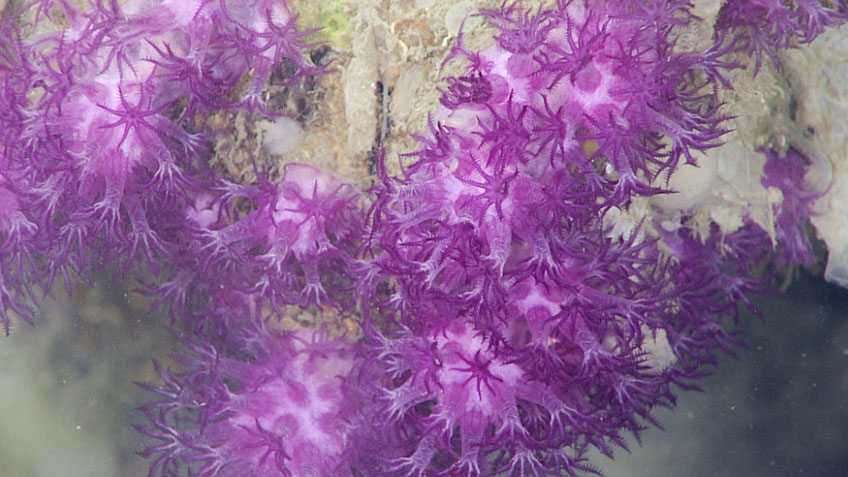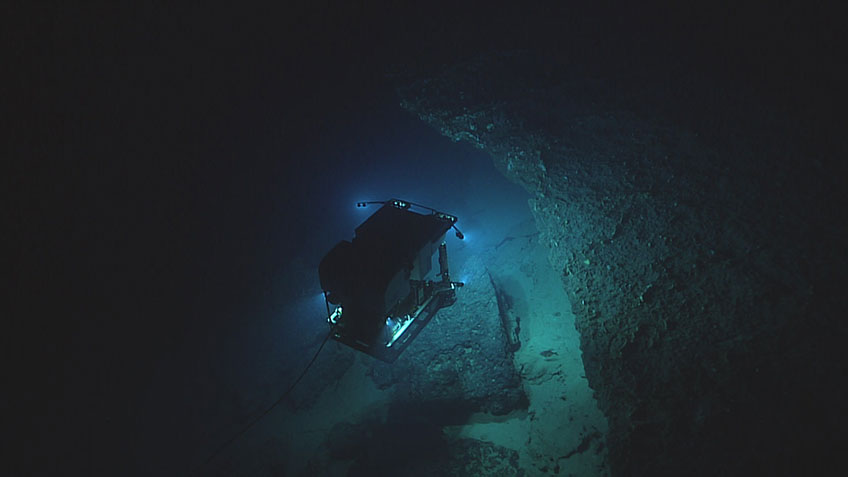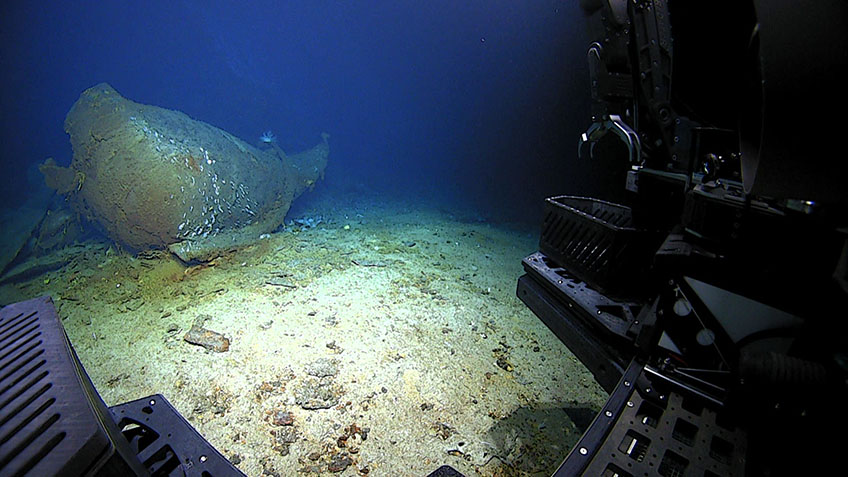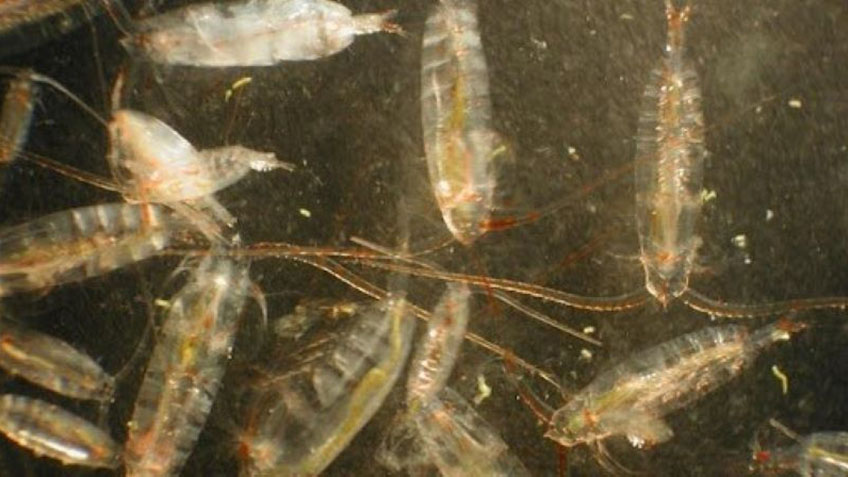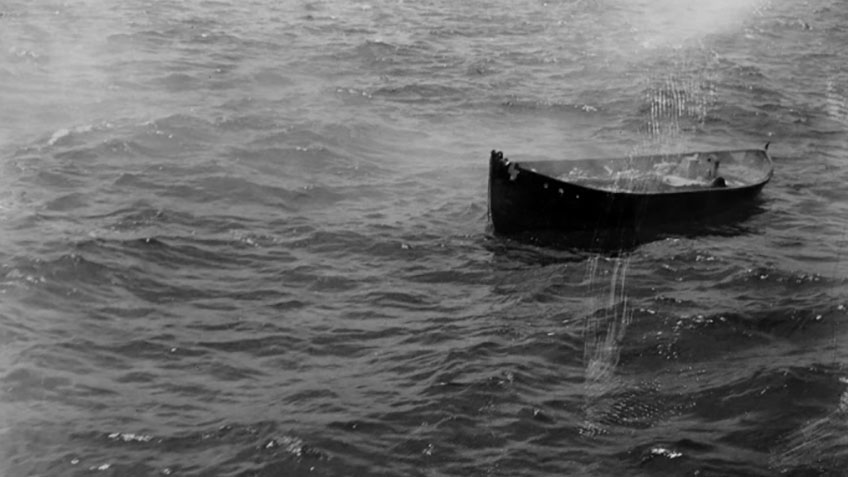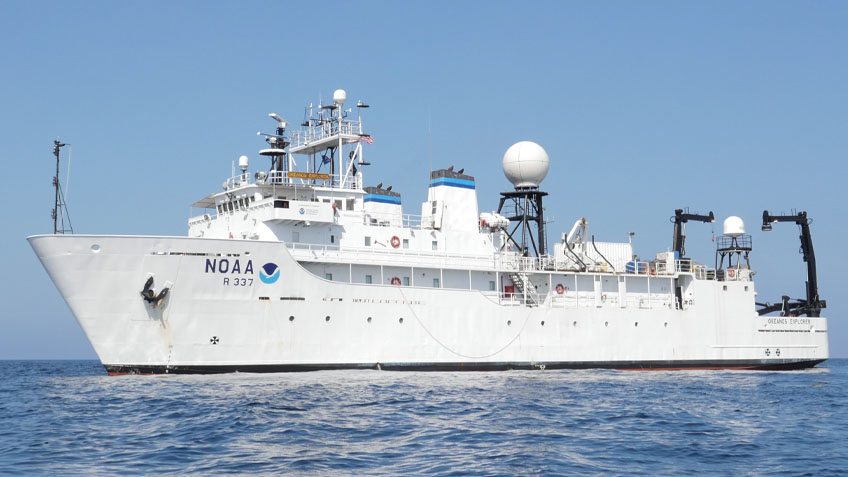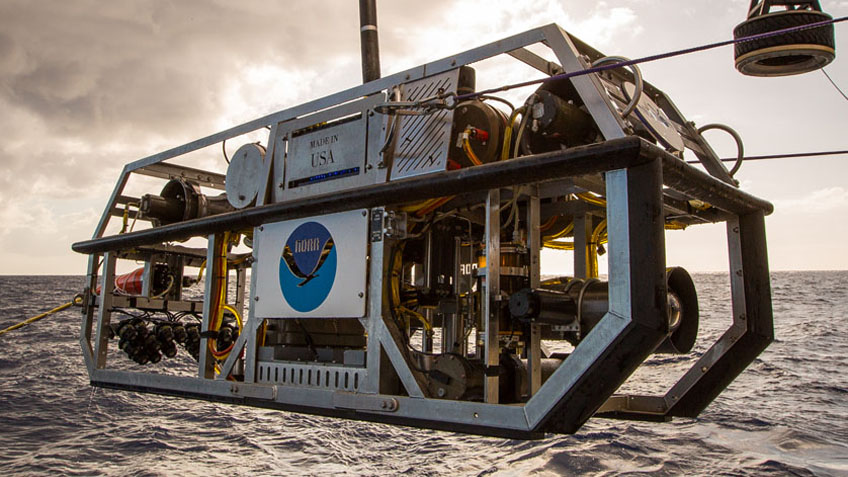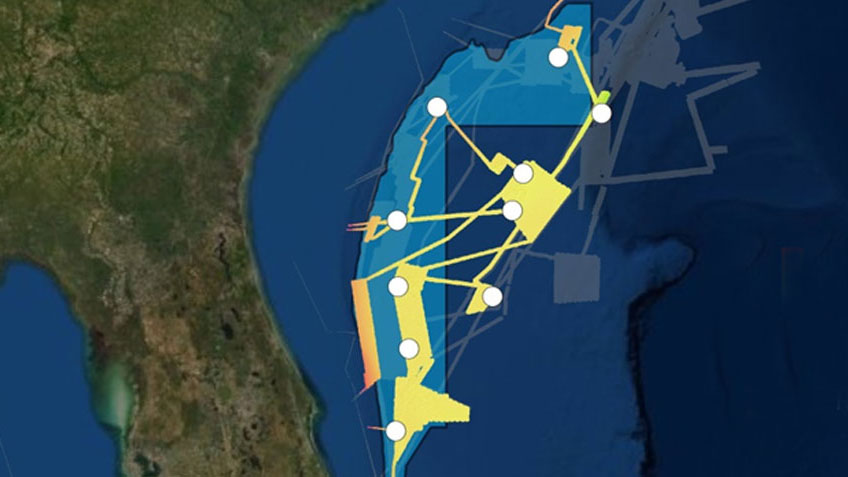Windows to the Deep 2021: Southeast U.S. ROV and Mapping
October 26 - November 15, 2021
Livestream and Updates
Latest Updates
Expedition Updates
About the Expedition
Expedition Overview
From October 26 to November 15, NOAA Ocean Exploration and partners conducted a telepresence-enabled ocean exploration expedition on NOAA Ship Okeanos Explorer. The Windows to the Deep 2021: Southeast ROV and Mapping expedition collected critical information about unexplored and poorly understood deepwater areas of the Blake Plateau region of the North Atlantic Ocean. This foundational information will encourage further exploration and research and inform resource management decisions and activities in the region.
During Windows to the Deep 2021, at-sea and shore-based science teams worked together to explore and map the seafloor and the water column. Our 24-hour operations included ROV dives during the day and mapping operations at night. We used the state-of-the-art deepwater mapping systems on Okeanos Explorer, our dual-bodied ROV system that can dive to depths of 6,000 meters (3.7 miles), and a high-bandwidth satellite connection for real-time ship-to-shore communications.
Read moreLead Explorers
- Allen Collins, Biology Science Lead
- Stephanie Farrington, Biology Science Lead
- Matt Dornback, Expedition Coordinator
- Derek Sowers, Mapping Lead
- Samuel Candio, Mapping Lead
Key Expedition Themes
- Blake Plateau deepwater mapping
- Coral and sponge communities
- Life in the water column
- Resource management support
Operations
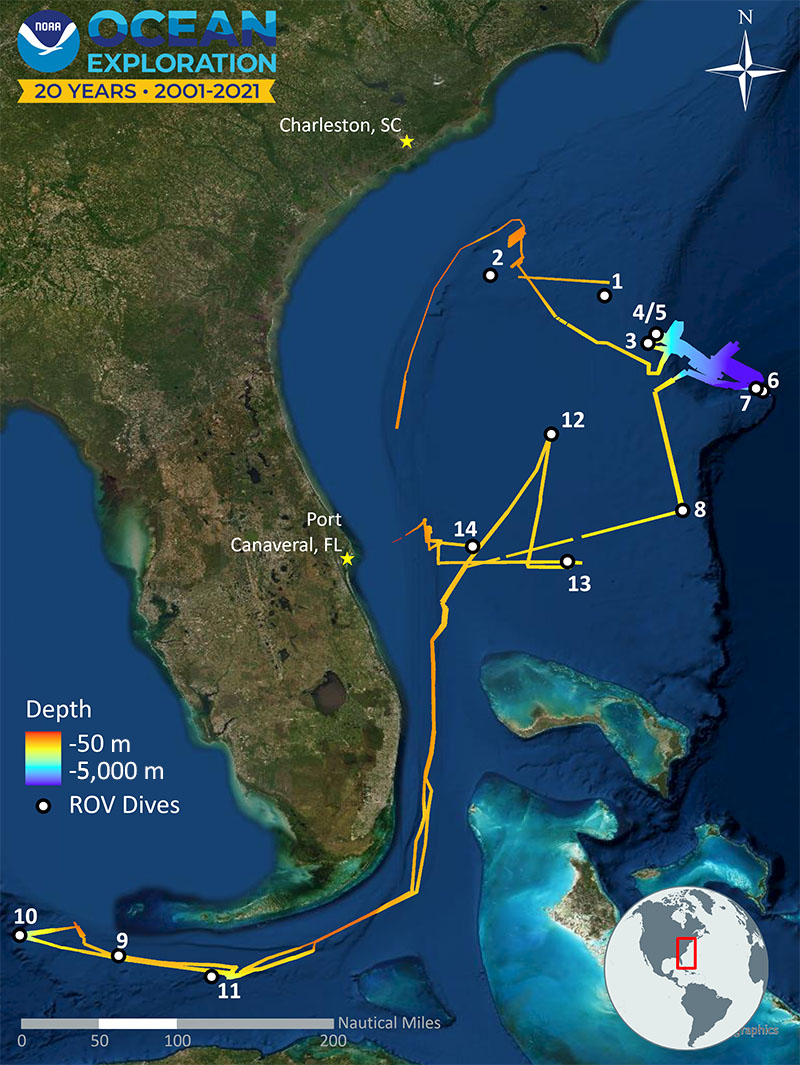
Data collected during the expedition will be available in NOAA’s public data archives within 60-90 days of its completion and will be accessible via the NOAA Ocean Exploration Data Atlas.
